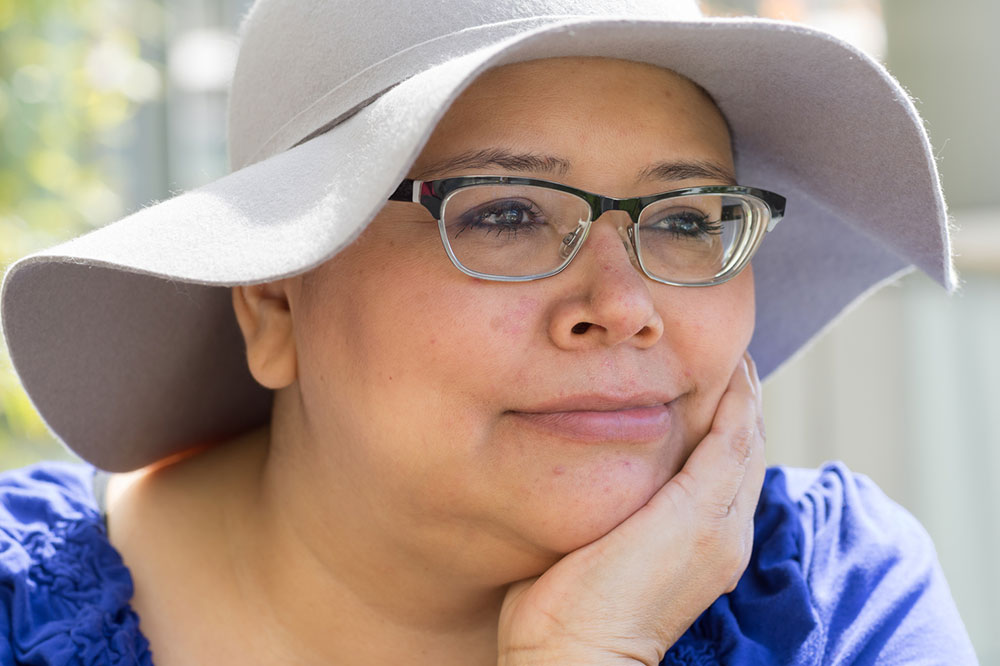
The Different Types of Skin Cancer
Skin cancers are known to be one of the most common types of cancers affecting the population in the country. As such, most skin cancer types do not affect other organs or metastasize. However, they can still cause a lot of problems for the patient and their family mentally, physically, and financially. Hence, finding clarity over this situation can play a vital role in putting everyone involved. Some of the most common questions people have when it comes to skin cancers are as follows:
How can we know that a particular mole on the body is more susceptible to developing into a type of skin cancer?
Moles would only rarely develop into tumors. The chances of this happening are usually less. Moles would become cancerous only in the case of melanomas. However, there is one stage that occurs before cancer that is known as dysplastic nevus which has an appearance that’s much different than what a normal mole looks like. If the mole develops cancer because of melanoma, then there would be signs such as an asymmetrical shape, border irregularities, changes in the color of the mole, diameter over the normal 6mm, and its evolving size which stand as strong indications to consult a doctor.
Which parts of the body can different types of skin cancer develop more easily or more often?
The most common areas which are susceptible to developing different types of skin cancers would be the ones that have been exposed to the sun for long hours over a long duration of time. Some examples of such parts include ears, back of the neck, nose, and the bald area on the scalp. While it is less common, skin cancer can occur on parts of the body that have had minimal sun exposure such as the chest, back, or extremities too.
What methods are used by physicians to diagnose skin cancer?
In most cases, the appearance of a mole can provide enough information to a physician of the presence of skin cancer. However, a proper skin examination by a dermatologist is a sure way to determine the same. A skin biopsy is performed to confirm any suspicions of the presence of skin cancer. This procedure includes slicing off a small portion of the tissue under question and sending it for examination by a pathologist.
What are the survival rates and prognosis for a patient of different types of skin cancer?
If the type of cancer rendered is of non-melanoma type, then the prognosis is normally the best. Basal cell carcinoma and squamous cell carcinoma are treatable and can be cured mostly. Basal cell carcinomas do not usually lead to death and squamous cell carcinomas very rarely lead to death in immunosuppressed patients. If the cancer is treated with Mohs surgery, based on the location and type of cancer, the chance of recurrence would also be only between 1% to 2%. If the cancer is treated with electrodesiccation and curettage, then the recurrence rate can be between 10% and 15%. However, in most cases, the earlier that cancer gets detected, the easier the treatment procedures would be, and the better would be the prognosis.


